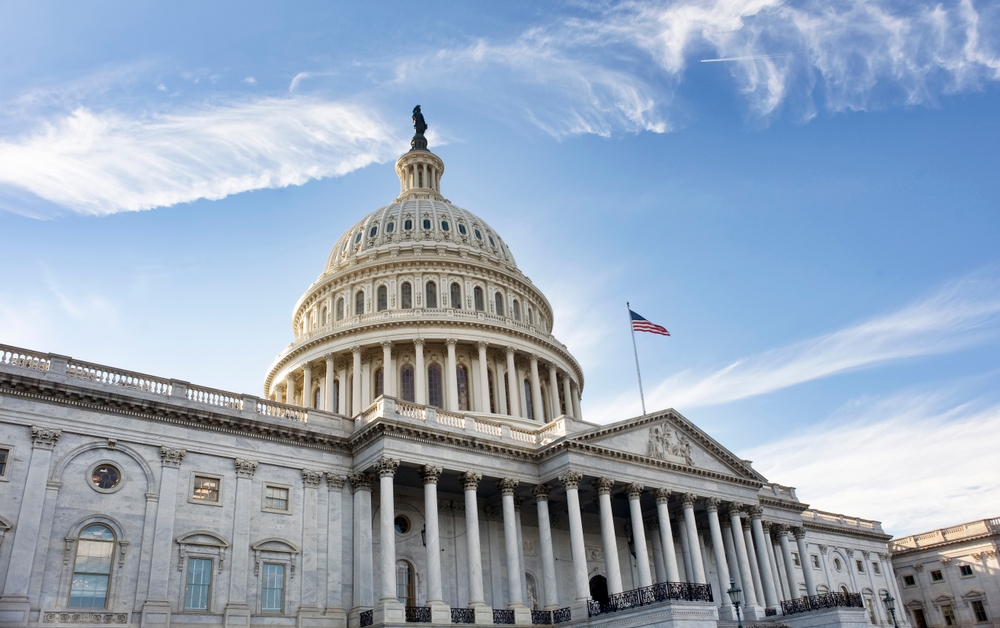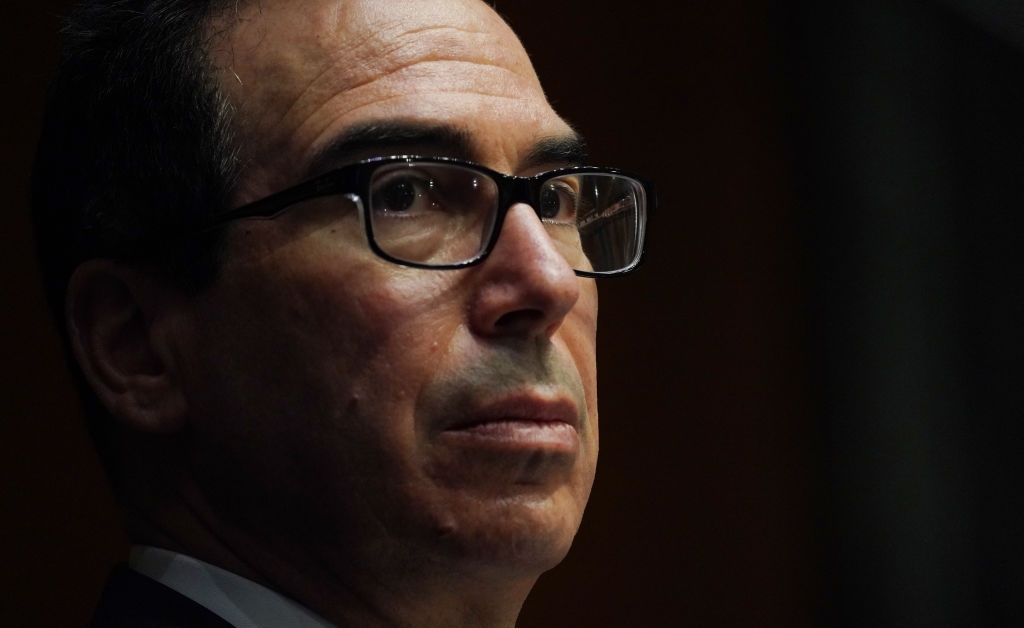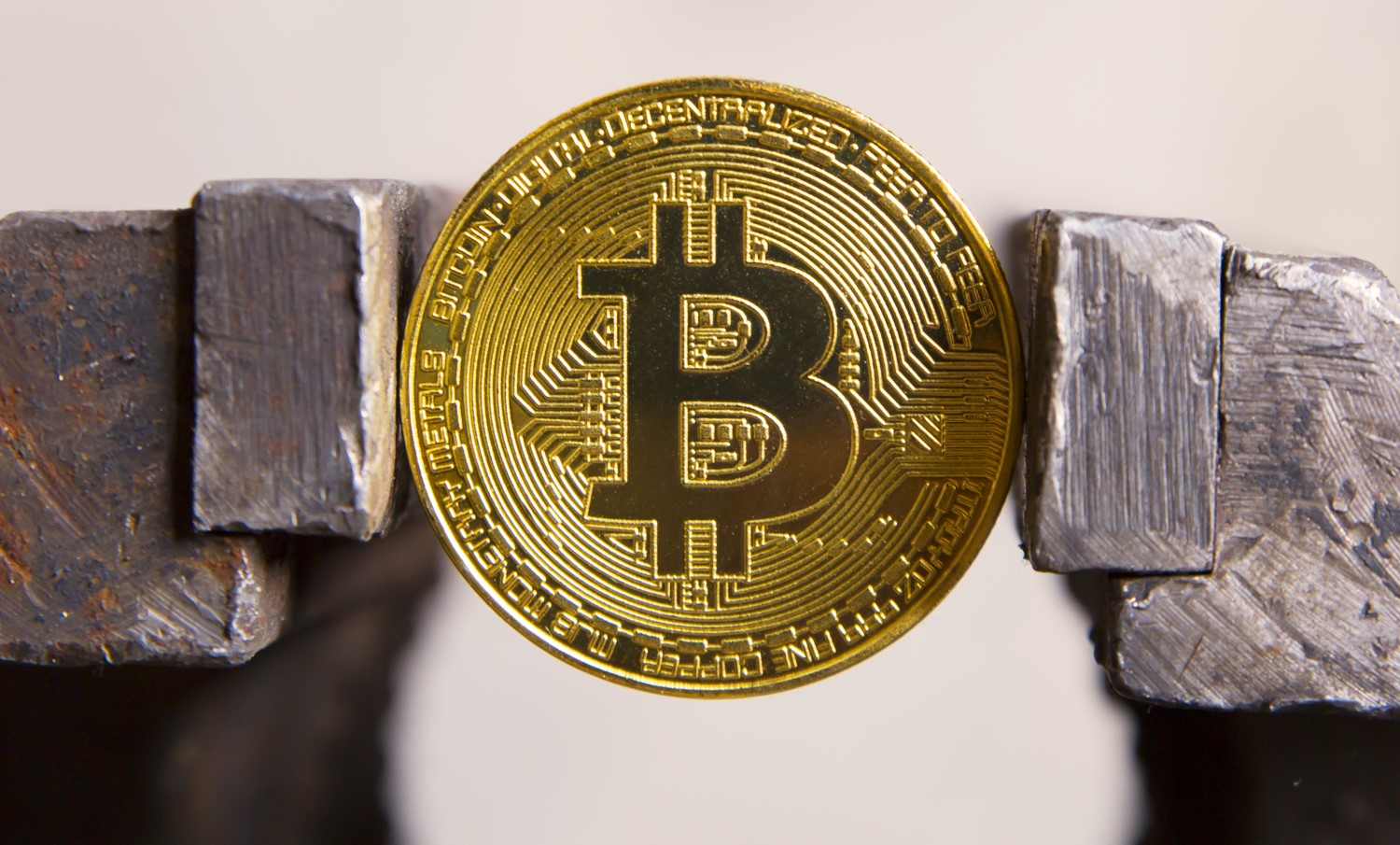Crypto ‘Gray’ Markets Could Be Unintended Consequence of FATF Travel Rule
Travel Rule
Crypto ‘Gray’ Markets Could Be Unintended Consequence of FATF Travel Rule
Could an overbearance of regulation divide the crypto space and create a “gray” market composed of unregulated exchanges, where digital assets trade at lower prices?
At a panel at Consensus: Distributed exploring the impact of the Financial Action Task Force (FATF) “Travel Rule,” Bakkt President Adam White said yes.
“We are going to see a bifurcation in the crypto space,” said White. “We are going to see white crypto; we are going to see gray crypto. And those different forms of crypto will most likely trade at different prices.”
The FATF, a kind of global anti-money laundering (AML) watchdog, makes recommendations on how best to fight financial crime, which countries and their regulators then implement. There has been some progress with the licensing and regulation of crypto in places like the U.S., Europe and some parts of Asia, but experts believe it could take years for straggling jurisdictions to catch up.
The Travel Rule was issued by U.S. regulators in 1996 and requires all financial institutions to pass on information to their peers when funds over the amount of $3,000 are being transmitted, identifying the originator and beneficiary and preserving an information trail about persons sending and receiving funds.
Applying this rule to crypto is complex since it involves grafting something like SWIFT’s interbank messaging standards onto a system designed to be pseudonymous. That said, a messaging standard, to which virtual asset service providers (VASPs) can defer, has been proposed, and a promising array of technical solutions have been presented.
Fade to gray
The FATF, when it began consultation on crypto back in 2017, was not ignorant of the ways regulatory arbitrage might play out in the crypto space, said Jesse Spiro, global head of policy and regulatory affairs at Chainalysis.
“[The issue of] potential gray markets where people are moving away from the traditional exchange ecosystem was raised in relation to the adoption of FATF recommendations, including concerns there would be an impact on liquidity and potential impact in the market,” Spiro said.
In the extreme case imagined by Bakkt’s White during the Consensus workshop, such a bifurcation of crypto would affect fungibility of coins (the property of money or commodities to be exactly interchangeable).
“I think a lot of people will say, ‘Hang on, you’re going to lose fungibility,’ and that’s a core tenet of crypto: One bitcoin is the same as another. Certain freshly minted coins will trade at a premium,” said White. “You will see the Travel Rule-compliant VASPs continue to operate and do business. But you will also certainly see offshore, unregulated exchanges that are not compliant with the Travel Rule, and I think you will see assets trade at a different price on them.”
The FATF did not reply to requests for comment.
Sunrise problem
It’s an interesting question, and expert opinion is divided on how it might play out.
We are entering a “sunrise period” where some jurisdictions will have regulation and some will not, but it will only be in the short term, said Malcolm Wright, chief compliance officer at Diginex.
“Once those jurisdictions with a regulatory lag catch up, where would those unregulated markets go, and furthermore, how would those customers of those unregulated exchanges be able to then move their tokens with a limited liquidity available?” said Wright.
There could also be an eventual regulatory push preventing regulated exchanges from dealing with unregulated ones, Wright added. “In either case, the unregulated exchanges would be frozen out of the larger part of legitimate liquidity, unable to comply with the Travel Rule requirements, and their customers frustrated that they are unable to potentially sell or use their tokens,” he said.
Regulatory consultant Sian Jones, who chairs the InterVASP messaging standards group, said a shadow network of unregulated exchanges might be created, operating from countries that have not yet implemented the FATF recommendations.
“This is, of course, the classic regulatory arbitrage problem,” she said. “But eventually, all countries will extend their national AML regimes to VASPs. It may prove difficult to re-integrate crypto previously traded on such gray markets into the regulated world.”
‘Bulletproof’ exchanges
But on the other hand, some believe the problem may persist. Tom Robinson, co-founder of Elliptic, pointed to an increasing split between crypto exchanges that are regulated and include customer identification processes, and those that are unregulated (or ignore local regulations), and which can be used anonymously.
“I believe that we will start to see regulated exchanges treat crypto transactions from the latter category as higher risk. I also think that the latter category of exchanges will persist, even after the FATF virtual currency recommendations are universally applied,” said Robinson.
An analogy would be the concept of “bulletproof hosting,” said Robinson, where websites with questionable content can be hosted. The hosting provider turns a blind eye, he said, sometimes with the tacit approval of the local government.
“I think we will similarly see ‘bulletproof exchanges’ in some jurisdictions, allowing anonymous exchange of crypto assets, and with local authorities turning a blind eye,” said Robinson.
The crypto space is fast to adapt and lower-tier exchanges and unregulated liquidity platforms will accelerate in the face of FATF’s recommendations, said Robinson.
“We are seeing a lot of unregulated coin-swap services where you can very easily switch from one coin to another without having an account at the service or providing an identity. In particular, we are seeing lots of these in Russia and they are obviously popular with criminals,” he said.
After all, one man’s decentralized finance (DeFi) is another’s regulatory end-around.
While pockets of regulatory arbitrage is a concern, a lot of illicit activity funneling into a given jurisdiction would have a significant impact, said Spiro of Chainalysis, and eventually that country would be forced to correct itself.
“No jurisdiction wants to become labeled as a high-risk jurisdiction,” said Spiro. “If they do, their access to everything from lending to traditional financial services all become impacted.”
Privacy coins
At the exchange level, Spiro pointed to the way regulations are impacting privacy coins (crypto tokens designed to obfuscate any details around transactions), which are being delisted from exchanges every day, he said.
But a gray crypto market could turn out to be a boon for privacy coins, according to Anton Moiseienko, a research fellow at RUSI’s Centre for Financial Crime and Security Studies.
“Compliant Exchange X might be interested to know that a particular customer of theirs has done lots of business with Non-Compliant Exchange Y,” said Moiseienko. “If the customer’s transactions are in privacy coins, it would be exceedingly difficult for Exchange X to know who else its customer has interacted with, which could render privacy coins ever more attractive for those with something to hide.”
Such are the perils of bolting identity onto a technology that’s pseudonymous by design.









